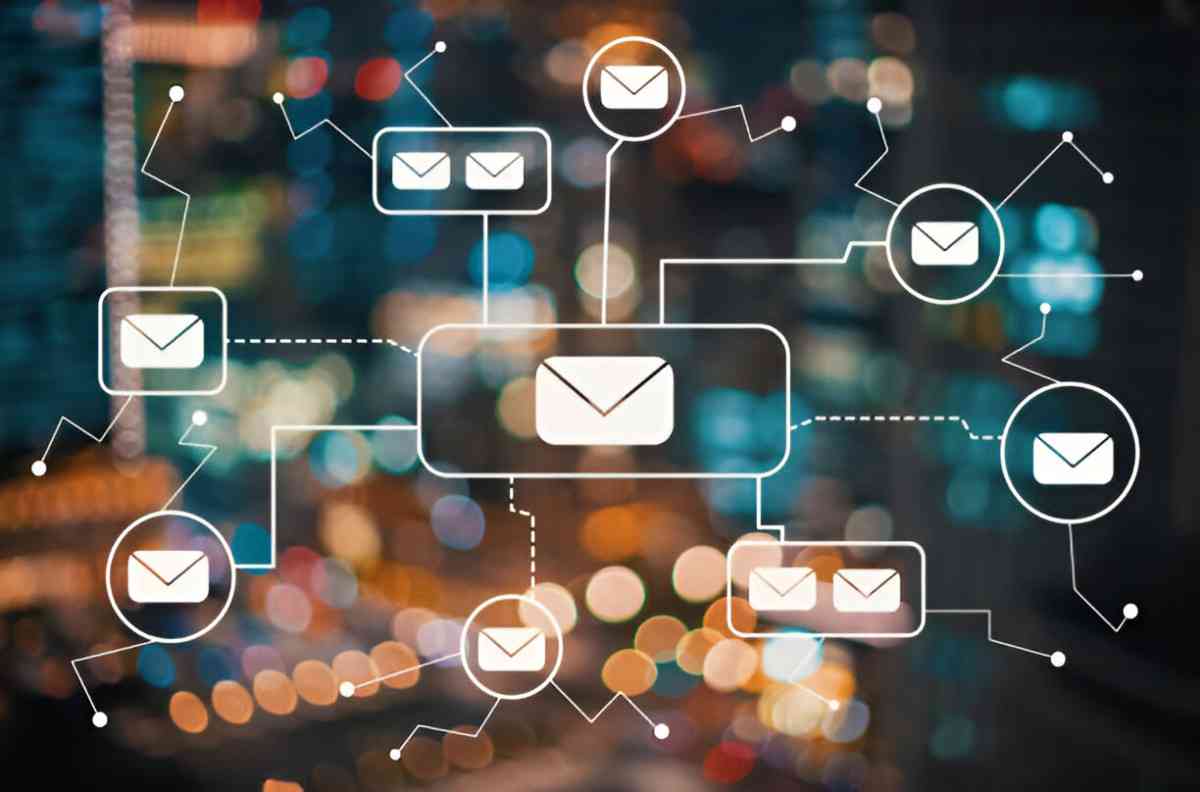In today’s digital world, businesses rely on email marketing to connect with customers, nurture leads, and drive sales. Automated email sequences streamline this process by delivering personalized messages to subscribers at the right time. The right software can save you time, boost engagement, and improve conversions. Choosing the best tool, however, can be daunting due to the sheer number of options available. In this article, I’ll walk you through some of the top tools for creating and sending automated email sequences, along with their features, pricing, and benefits.
Why Automated Email Sequences Matter
Automated email sequences are an essential part of email marketing strategies. They:
- Save time by automating repetitive tasks.
- Increase engagement through personalized content.
- Improve conversion rates with targeted messaging.
- Help nurture leads and build customer loyalty.
Whether you’re running a small business or managing a large enterprise, automating your email sequences ensures consistent communication without requiring constant manual effort.
Key Features to Look for in Email Automation Software
When evaluating email automation software, consider these key features:
- Ease of Use: The software should have an intuitive interface that doesn’t require advanced technical skills.
- Automation Capabilities: Look for tools with customizable workflows and triggers based on user behavior.
- Integration: The software should integrate seamlessly with your CRM, e-commerce platform, or other tools.
- Personalization: Advanced segmentation and dynamic content are essential for delivering tailored messages.
- Analytics: Robust reporting helps track performance and optimize campaigns.
- Pricing: Evaluate cost based on features and scalability.
Let’s dive into some of the best tools available.
Top Email Automation Tools: A Detailed Comparison
1. Mailchimp
Mailchimp is one of the most popular email marketing tools, known for its user-friendly interface and robust features. It’s ideal for beginners and small businesses.
Features:
- Drag-and-drop email builder.
- Pre-built automation templates.
- Advanced audience segmentation.
- A/B testing capabilities.
- Integration with over 250 apps.
Pricing:
| Plan | Monthly Cost | Features |
|---|---|---|
| Free | $0 | Basic templates, 500 contacts, 3,500 emails/month |
| Essentials | $13 | Removes branding, adds A/B testing |
| Standard | $20 | Advanced automations and analytics |
| Premium | $350 | Priority support, advanced segmentation |
Pros:
- Easy to set up.
- Scales with business needs.
Cons:
- Pricing increases significantly for larger contact lists.
2. ActiveCampaign
ActiveCampaign is a feature-rich platform designed for advanced marketers who want in-depth automation options.
Features:
- Visual automation builder.
- Conditional content and segmentation.
- CRM integration.
- Predictive sending and machine learning.
- Advanced reporting.
Pricing:
| Plan | Monthly Cost (500 Contacts) | Features |
|---|---|---|
| Lite | $29 | Email marketing, basic automations |
| Plus | $49 | CRM, landing pages, SMS marketing |
| Professional | $149 | Predictive content, attribution |
| Enterprise | Custom | Tailored features and support |
Pros:
- Powerful automation capabilities.
- Excellent customer support.
Cons:
- Steeper learning curve for beginners.
3. HubSpot
HubSpot’s email marketing tool is part of its comprehensive CRM platform, making it an excellent choice for businesses already using HubSpot.
Features:
- Drag-and-drop editor.
- Smart send times.
- Contact tracking and segmentation.
- Integration with HubSpot CRM.
- Detailed analytics.
Pricing:
| Plan | Monthly Cost | Features |
|---|---|---|
| Free | $0 | Basic templates, CRM integration |
| Starter | $45 | Advanced automation, no branding |
| Professional | $800 | A/B testing, advanced analytics |
| Enterprise | $3,200 | Custom features, robust reporting |
Pros:
- Seamless integration with HubSpot CRM.
- Highly customizable workflows.
Cons:
- Expensive for advanced plans.
4. ConvertKit
ConvertKit is tailored for content creators like bloggers, podcasters, and YouTubers. It’s known for its simplicity and focus on audience growth.
Features:
- Simple automation builder.
- Subscriber tagging and segmentation.
- Landing pages and forms.
- Integration with third-party tools.
- Email templates optimized for creators.
Pricing:
| Plan | Monthly Cost (300 Subscribers) | Features |
|---|---|---|
| Free | $0 | Basic automations, unlimited emails |
| Creator | $15 | Customizable sequences, integrations |
| Creator Pro | $29 | Advanced reporting, priority support |
Pros:
- Easy to use for non-technical users.
- Focused on helping creators monetize their audience.
Cons:
- Limited features compared to enterprise-grade tools.
5. Klaviyo
Klaviyo is a powerful tool for e-commerce businesses, offering deep integrations with platforms like Shopify.
Features:
- Advanced segmentation and personalization.
- Predictive analytics.
- SMS marketing integration.
- Pre-built templates for abandoned carts and post-purchase follow-ups.
- Real-time tracking.
Pricing:
| Plan | Monthly Cost (500 Contacts) | Features |
|---|---|---|
| Free | $0 | Up to 250 contacts, email support |
| Paid | $20+ | Full automation, advanced analytics |
Pros:
- Tailored for e-commerce.
- Excellent integration options.
Cons:
- Can become expensive as your contact list grows.
Choosing the Right Tool
When deciding which email automation software to use, consider:
- Your Goals: Are you looking to nurture leads, increase sales, or build relationships?
- Your Audience Size: Some tools charge based on the number of subscribers.
- Integration Needs: Ensure compatibility with your existing tools.
- Budget: Look for a tool that offers the best value for your needs.
- Scalability: Choose software that can grow with your business.
Conclusion
Automated email sequences are vital for effective communication and growth. Tools like Mailchimp, ActiveCampaign, HubSpot, ConvertKit, and Klaviyo each offer unique strengths. By carefully evaluating your needs and the features of these platforms, you can choose the one that’s best suited for your business. Remember, the right software isn’t just about automation—it’s about creating meaningful connections with your audience.





